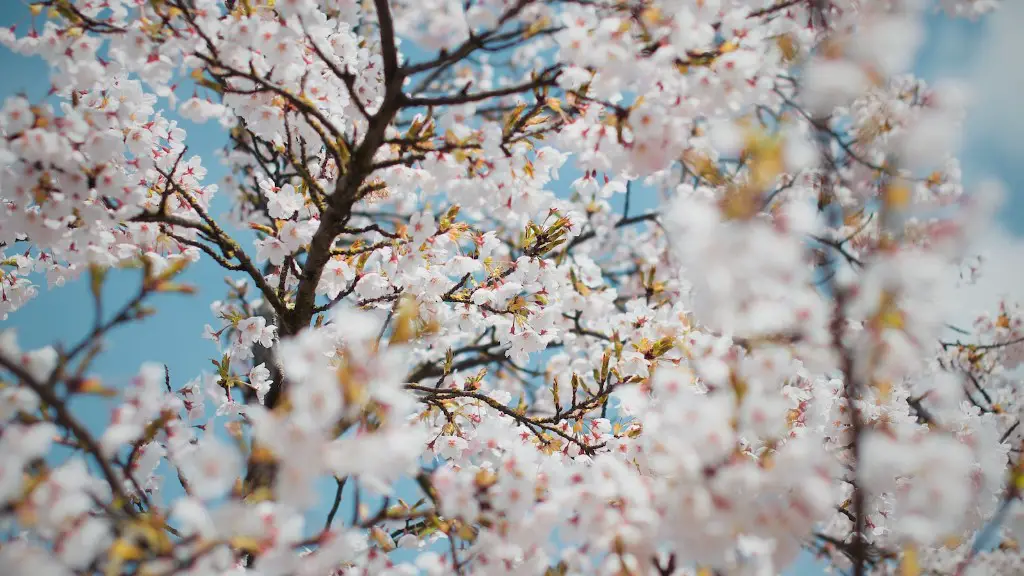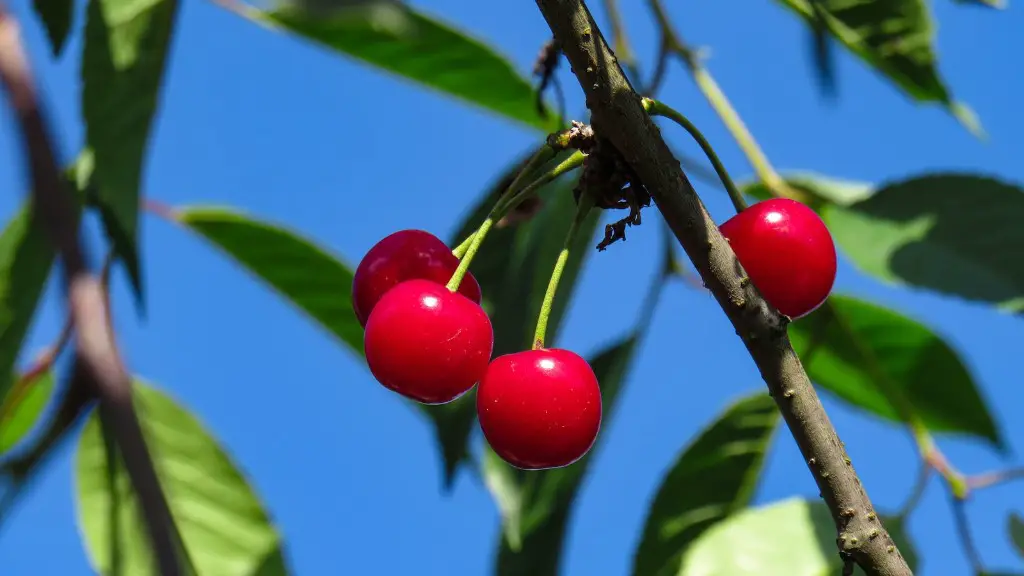When it comes to trimming a Japanese Cherry Tree, it is important to approach it with a certain amount of patience and knowledge. The results of a tasteful and thoughtful trim can be rewarding, but it’s all too easy to ruin a tree if it’s not done correctly. Here are some tips to help you achieve perfect results when trimming a Japanese Cherry Tree.
Research and Observe the Tree
It’s best to begin by researching the tree and learning its characteristics. This will give you a better understanding of what trimming a Japanese Cherry Tree actually entails. Additionally, observing the tree for a few days will give you a better idea of its growth patterns. This will be important in deciding where to make cuts and how much to take off.
The Right Season to Trim
The ideal season for trimming Japanese cherry trees is during the late winter, when the tree is still dormant but just about to start budding. This is when the tree is likely to recover quickly from any trimming. Late winter is also the best time for a light trim – taking too much off during this period could damage the tree.
How to Make Cuts
When making any kind of trim to a Japanese Cherry Tree, always use a sharp and clean pair of pruning shears. Start by making cuts to the tree’s branches at an angle, which should ensure that no water or sap can get into the tree from the cut. This will also give the cut a good shape, which will help the tree heal quickly.
Which Branches to Cut
The best way to decide which branches to trim is to look at the crown of the tree and identify any that are overcrowded. It is also a good idea to trim away any branches that are leaning out unrealistically. While it is best to avoid removing too much, you can also trim away entire sections if they are too dense.
Avoid Starving the Tree
Being too aggressive with the cuts can actually damage the tree. Too many cuts can lead to a process known as ‘starving the tree’, which means the tree is deprived of essential nutrients and light. This can lead to the tree becoming less healthy and blighting more easily.
Aftercare
Once the trimming is done, it is important to take extra care of the tree. This includes watering it regularly and applying mulch to the base. Additionally, it is also a good idea to keep the tree pruned regularly – this will help to keep the shape and promote healthy growth.
Pruning Summer Branches
The process of trimming summer branches is largely the same as trimming winter branches, with a couple of exceptions. Summer branches tend to have more sap, so it is important to use caution when making cuts – always watch out for any sap oozing from the cut. Additionally, because it’s still in the growing period, it is best to opt for a lighter trim instead of a deep one.
Pay Attention to the Shape
Once you’ve made the necessary cuts, take a moment to assess the tree’s shape – this will help to avoid any branches growing out at an angle or becoming too dense. Be sure to leave the main branches untouched, as this is essential for the health of the tree.
Fertilizing and Watering
Once the trimming is completed, it is important to think about fertilizing and watering the tree. Fertilize it with a high-quality product and water it regularly for a few weeks after the trimming. This will help the tree recover faster and promote healthy growth.
Protecting the Tree from Pests and Diseases
Finally, it is important to maintain the health of your Japanese Cherry Tree by protecting it from pests and diseases. Regularly inspect the tree for signs of infestation, and treat it with an appropriate product if necessary. Also, consider using a fungicide to protect it from diseases such as blight.
Summary
Trimming a Japanese Cherry Tree can seem like a daunting task, but with knowledge and patience, you can achieve beautiful results. Always start by researching and observing the tree, and avoid taking too much off during the trimming process. Be sure to fertilize and water the tree regularly after the trimming, and protect it from pests and diseases. If you take the necessary steps, you can enjoy a beautiful Japanese Cherry Tree for many years to come.

